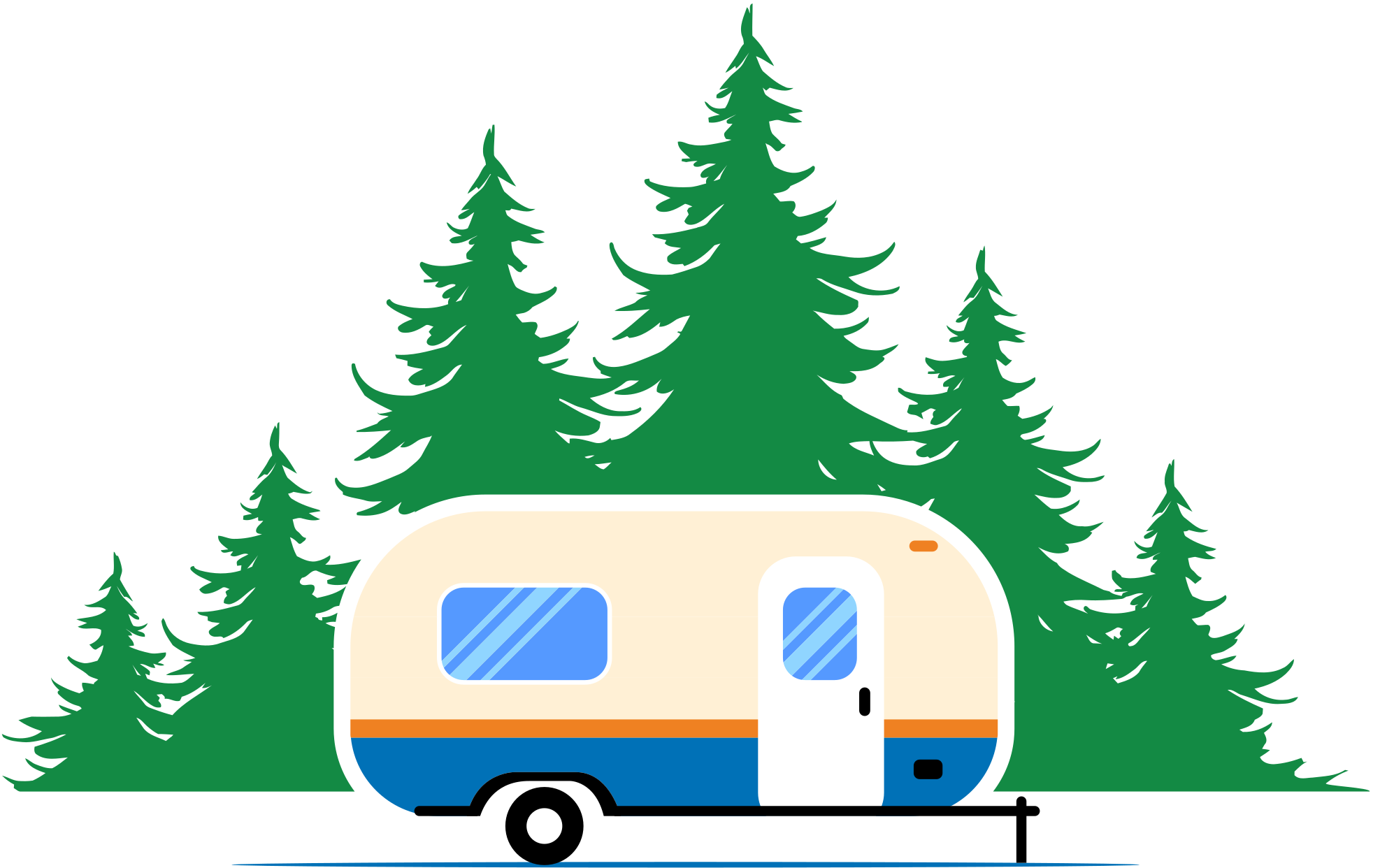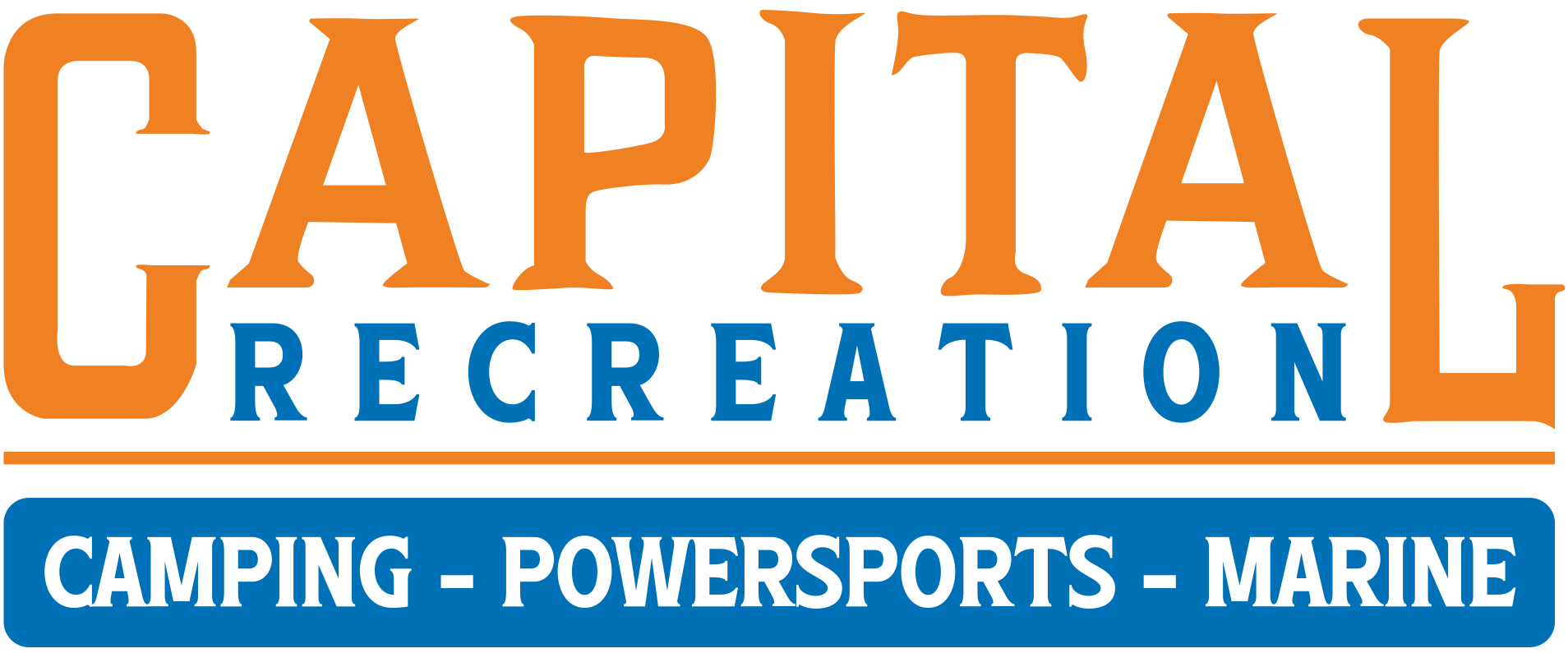
Buying a used RV can feel overwhelming, especially when you're investing thousands of dollars in your future adventures. You want to ensure you're getting a reliable vehicle that won't drain your wallet with unexpected repairs. A comprehensive used RV inspection checklist serves as your roadmap to informed purchasing, helping you identify potential issues before they become costly problems.
This guide from Capital Recreation walks you through evaluating exterior, interior, and mechanical components so you can buy with confidence.
Essential Exterior Assessment Items
What to look for when buying a used RV starts with a systematic exterior evaluation. Use this comprehensive list to cover all critical exterior elements:
- Seals and caulking: Examine all roof seals, window caulking, and door weather stripping for cracks, gaps, or signs of deterioration.
- Exterior surfaces: Document any brown stains, soft spots, or discoloration on walls and roofing materials.
- Moving components: Test awnings, slideouts, storage bay doors, and stabilizer jacks.
- Tires and wheels: Assess tire tread depth, verify even wear patterns, and confirm correct air pressure levels.
- Towing equipment: Thoroughly evaluate hitch components, suspension systems, and all electrical connections.
- Structural integrity: Press firmly on exterior walls to identify any unusual flex that might signal structural damage.
Critical Interior System Components
Pre-purchase RV inspection tips emphasize creating a detailed interior assessment that covers every system and appliance. Your used RV inspection checklist should include these essential components:
- Electrical systems: Test all lights, outlets, and appliances on battery and shore power.
- Major appliances: Run air conditioning units, microwaves, refrigerators, and water heaters.
- Plumbing systems: Evaluate plumbing by running all taps, testing toilets, and searching for leaks beneath sinks and fixtures.
- The flooring: Walk throughout the unit, examining for soft spots or unusual movement.
- Walls and ceilings: Examine surfaces for water stains, mould growth, or any signs of structural damage.
- Storage areas: Open every cabinet and storage compartment to detect moisture or pest issues.
Common Issues in Used RVs
Understanding typical RV problems helps you focus on the most critical areas during your evaluation. Water damage poses the greatest threat to your investment.
Watch for musty odours, sagging ceiling panels, bubbled wall coverings, or spongy flooring that signal expensive roof leaks or plumbing failures. Other red flags include faulty electrical systems, propane leaks, and worn appliances.
Poor maintenance is evident in dirty air filters, corroded connections, or malfunctioning systems. Different types of RVs have unique vulnerabilities based on their design and age. Research the make, model, and year online for more information.
Professional Assessment Options
Any RV buying guide for beginners will recommend getting a professional evaluation. Certified technicians can identify hidden issues that your review might miss. This comprehensive report can help you negotiate fair pricing.
Capital Recreation's Expert Guidance
Following a used RV inspection checklist protects your investment and gives you confidence in your purchase. We provide comprehensive recreational vehicle services and expert guidance to help you navigate the buying process successfully. Learn more about us and how we can assist with your motorhome purchasing needs.

